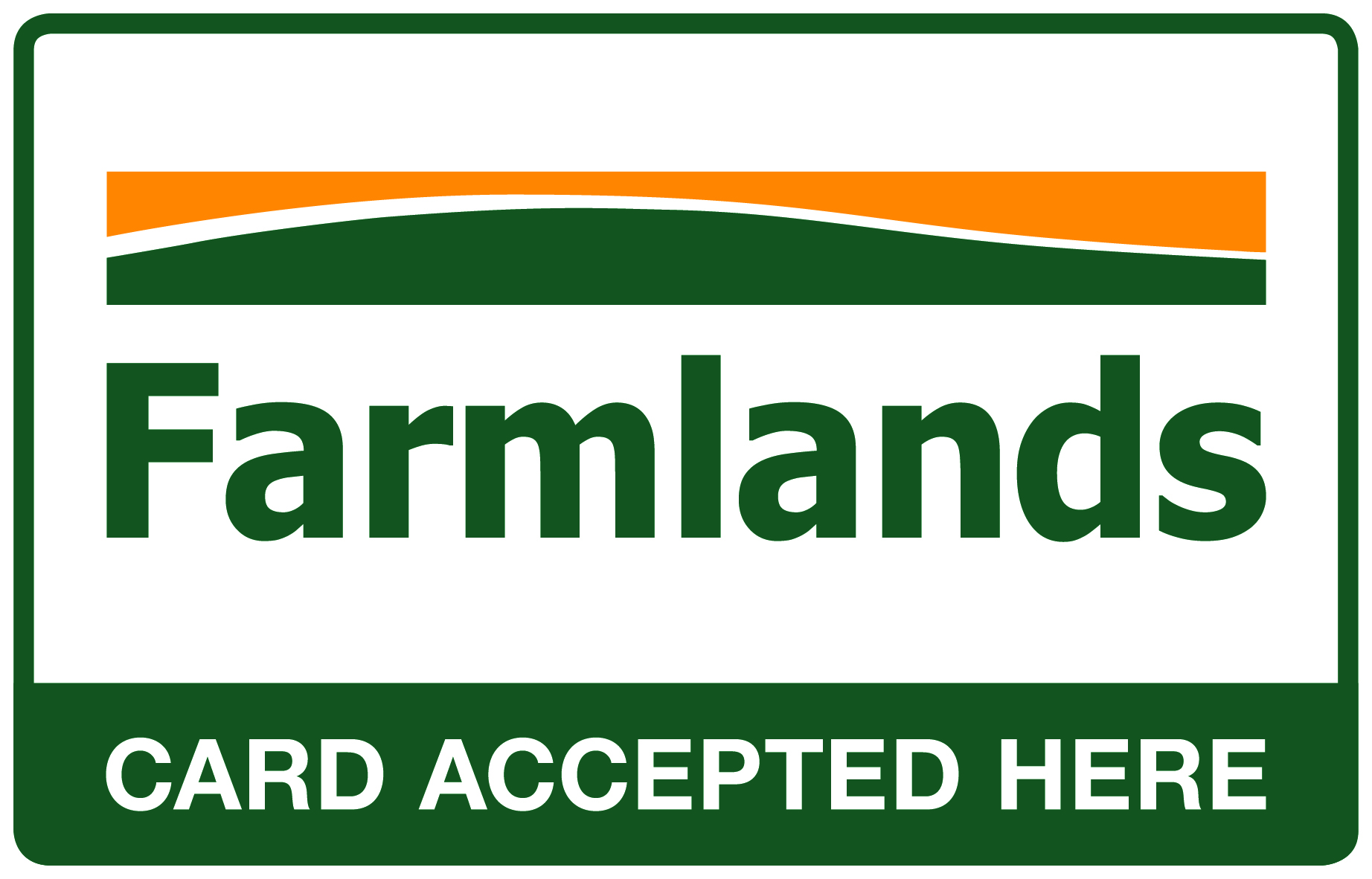What is a boundary adjustment? A boundary adjustment is the subdivision of two or more existing titles, where we amend the boundaries to create different sized and shaped allotments. There is a common misunderstanding that a boundary adjustment doesn’t need council consent, nor a full survey, however, unfortunately, that is not true. Both are required. The reasons why people undertake boundary adjustments are many and varied. Generally, where there is an existing title, existing development contributions come with them (not always, but mostly). So, if you are proposing to develop a site that covers three existing titles, and you are building five new dwellings, generally you would get a credit for the three existing Development Contributions and only pay on two. So there are often very good financial reasons to use these credits by way of a boundary adjustment.
Also, most District Plans have special provisions for boundary adjustments, including allowing undersized lots if they are already existing – each District Plan is different but there are often these little things that you may not pick up on yourself if you are just looking at zone rules.
In rural situations often the legal boundaries do not fit the fenced boundaries, and this is also often a reason to adjust the boundaries – to fit occupation. So although there is not usually any Development Contributions applicable to a ‘lot for lot’ boundary adjustment, the survey costs are more or less the same as for creating a new additional lot, however, Council costs usually exclude Development Contributions and in some cases, any servicing that may be required.
We help by working out where there are advantages in using existing titles to reduce development costs where there is already more than one title. Sometimes it is best to leave a title untouched as part of a development if it is no longer capable of being created, for a rainy day. Other times there are advantages in using everything you own to achieve the end result. In all cases, we can provide pretty fine advice.
A title to land that is “limited as to parcels” means that at the time the first title was issued for that land, a guaranteed title could not be issued. This is because either the survey information was insufficient at the time, or there could have been someone else in adverse possession of part of the title. The Registrar-General of Land requires the position of the boundaries of the land to be properly defined on a cadastral survey dataset (CSD) before a guaranteed title can be issued.
Limited titles are comparatively common in the rural area, and defining these boundaries is a skill best undertaken by surveyors who have had a lot of experience in doing this. We have these guys on board, and have undertaken these throughout Canterbury many times over the last 30 years. When defining a boundary by survey, a surveyor must gather, interpret, and use all evidence relevant to the definition of that boundary to arrive at the final area and boundary locations. The surveyor must consider all evidence of occupation and demonstrate in the CSD that no part of the land is held in occupation adverse to the registered proprietor.
Prior to new title issuing it is a requirement that the adjacent landowners agreement to the newly defined boundaries be sought, and obtaining this can either be undertaken by us, your solicitor, or LINZ can facilitate this. A subdivision can be undertaken in conjunction with a Limited Title definition, however the LINZ approval process does add time to the survey approval and issue of new titles.
A boundary definition is where we locate and where necessary re-peg the boundary positions in the correct location as determined from the original and latest survey work in the area. Boundary definitions are undertaken if survey pegs are required to be placed on any boundary for reasons such as positioning a new structure or fence, to confirm vacant site dimensions prior to sale, help resolve boundary disputes and to ascertain correct boundary positions after earthquakes.
Boundary definitions are done under the direction of a Licensed Cadastral Surveyor. Re-surveyed boundary dimensions may differ to the original survey for reasons such as earthquake movement or more accurate surrounding survey definitions. They will always require a survey plan to support any official survey marks placed in the ground, which is lodged with Land Information NZ (LINZ). If you only require boundary points for rural fencing purposes, we have a variety of options available that may include temporary offset pegs, marker pegs or stakes that don’t require a survey plan to be prepared, but will still provide boundary locations suitable for rural fencing contractors to work their magic from.

